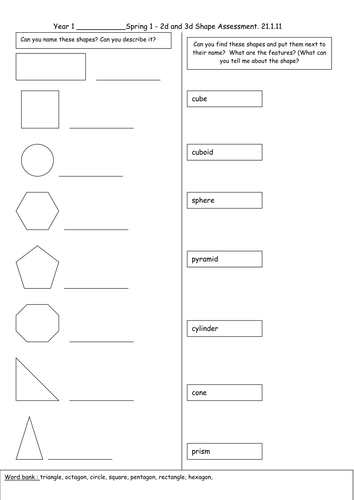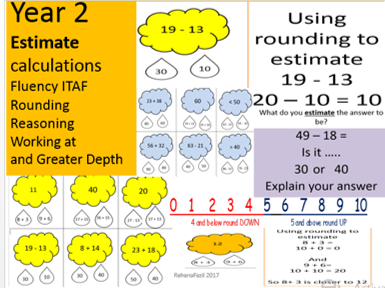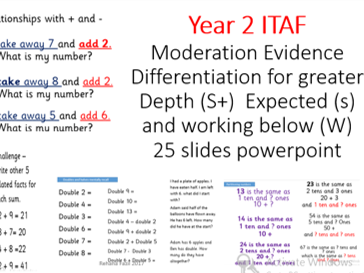Rehana Fazil Saving Teacher's Sundays
Do you want a quality, differentiated, engaging resources? Look no further! I'm a primary school SLE in English Primary, dedicated to making challenging resources that set high expectations for all pupils. The resources in my shop are outstanding and suitable for the national curriculum. You'll find resources for foundation subjects that promote a rounded curriculum and teach skills and knowledge progressively in each key stage. I hope you find a happy work life balance.





















